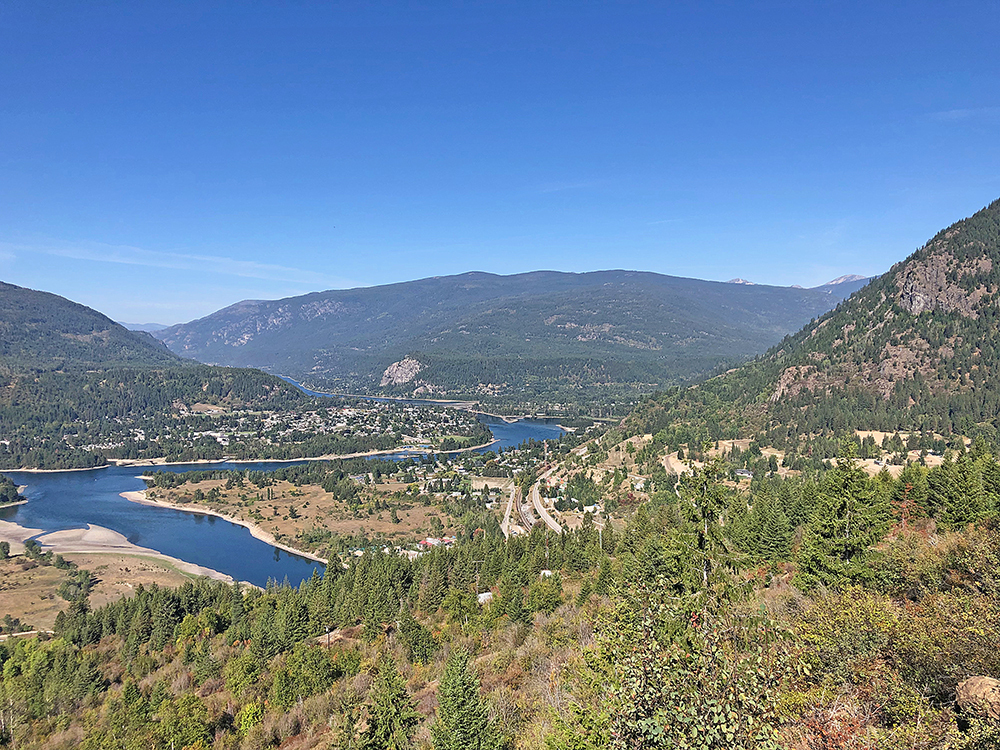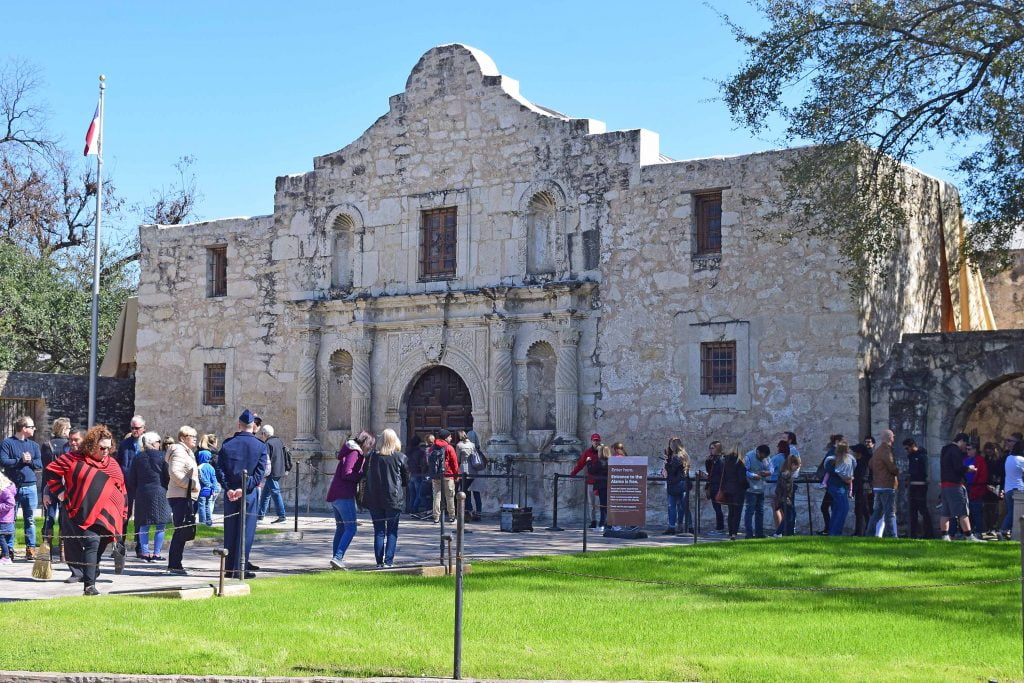On Saturday mornings in Nelson, organic farmers, bakers, weavers, potters and local artisans set up stalls, pop open umbrellas and spread their wares along the upper reaches of Baker Street. This is the main commerce thoroughfare in this small town in British Columbia’s West Kootenays.
Many people know Nelson for its history as a place of free spirits, with a live-and-let-live ethos. Others know it as the front door to the amazing, year-round outdoor recreation opportunities of the wild and rugged West Kootenays.
The West Kootenays lie immediately east of the Okanagan Valley and south of the TransCanada Highway—bumping up against the international border—dominated by three parallel north-to-south mountain ranges and lush forested valleys with narrow, glacial-carved lakes. The result is a superabundance of unspoiled beauty, scenic driving routes, excellent campgrounds, and more places to soak, fish, swim, hike and just relax than you could ever manage in one visit.
If you love to explore off the beaten path and get close to nature while RVing, this is your place.
HISTORY UP CLOSE
In the Kootenays, the thread of mining history is carved deep into the landscape. Growth and prosperity in towns like Grand Forks, Castlegar, Nelson and Nakusp skyrocketed during the mining boom years of the late 1800s. Many small towns have museums that concentrate on mining history and how the region was changed with the discovery of silver, gold and lead. In their heyday, even the smallest dots on the map boasted saloons, banks, newspapers and often a rail line. Today, some of those historic buildings remain; several towns (like Nelson, Kaslo, Castlegar) have maps and apps for self-guided walking tours.
The arrival in the early 1900s of the Doukhobors—a religious and freedom-seeking sect of Russian immigrants—made a long-lasting stamp on the region. Many descendants still live in the area and keep businesses like sawmills, farms and orchards humming. In Castlegar, the Doukhobor Discovery Centre (open seasonally spring through fall) is the place to learn about the Doukhobor’s pacifist values, their lifestyle and the segregated villages they established throughout the region.
The Kootenays’ stamp on history doesn’t stop at the shoreline. Its lakes once played a crucial role in moving cargo and passengers up and down the waterways, through the rugged mountain terrain.
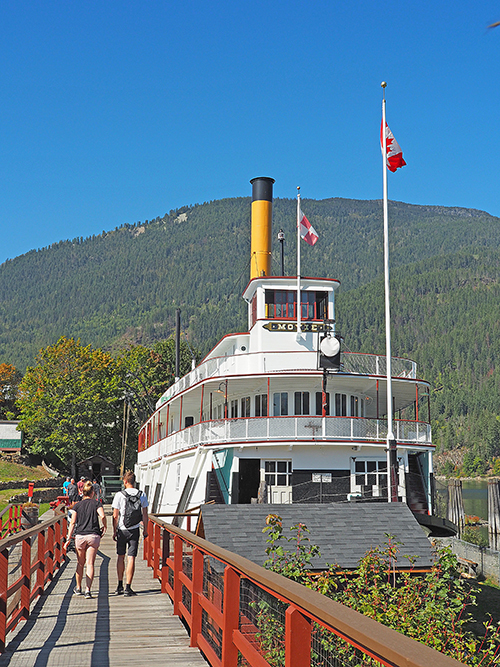
A highlight for us was a tour of the S.S. Moyie in Kaslo, the oldest intact sternwheeler in the world, drydocked at the town’s wharf. Now a National Historic Site, and nicknamed The Sweetheart of the Lake, the grand old lady underwent a top-to-bottom restoration to mark her 125th year in 2023.
After 60 years on the water—the longest service record in Canada—the Moyie went from being an active steamship to a stationary, but fascinating, museum. And a visit made sweeter because at one time my husband’s grandfather captained the craft. The engines, boiler and firebox are intact; the galley, men’s and women’s salons, sleeping quarters and dining room are well-preserved snapshots of days gone by; the lower freight level was once packed with cars, buggies, livestock and crates of fruits from local orchards. A short climb to the top of the three decks goes to The Pilot House, where the large wheel is connected by heavy chains and metal rods to the rudder. A barometer mounted on a post kept the captain on track with the tempestuous Kootenay weather. One pull on the long, wooden handle blasts the vessel’s deep-throated whistle.
GETTING BEHIND THE WHEEL—DRIVING ROUTES AND STOPS
Round a corner in the Kootenays and splashed out before you, are some of Canada’s best jaw-dropping scenery. My pilot, co-author and husband grew up in this mountainous region and was able to steer our Class B camper van toward some of the easily overlooked gems.
Our first goal: Hike the morning near Castlegar and soak away any aches and creaks by afternoon in the area’s hot springs!
The Slocan Valley runs north-south from Castlegar to Nakusp; a winding route, forested on either side with the snow-capped peaks of the Selkirk Mountain range. Easily overlooked (it’s an operating mill town without the charm and cachet of its neighbour Nelson), Castlegar should be visited for both its museum dedicated to the Doukhobors and its fantastic hiking opportunities with birds-eye views over the twists and curves at the confluence of the Kootenay and Columbia Rivers.
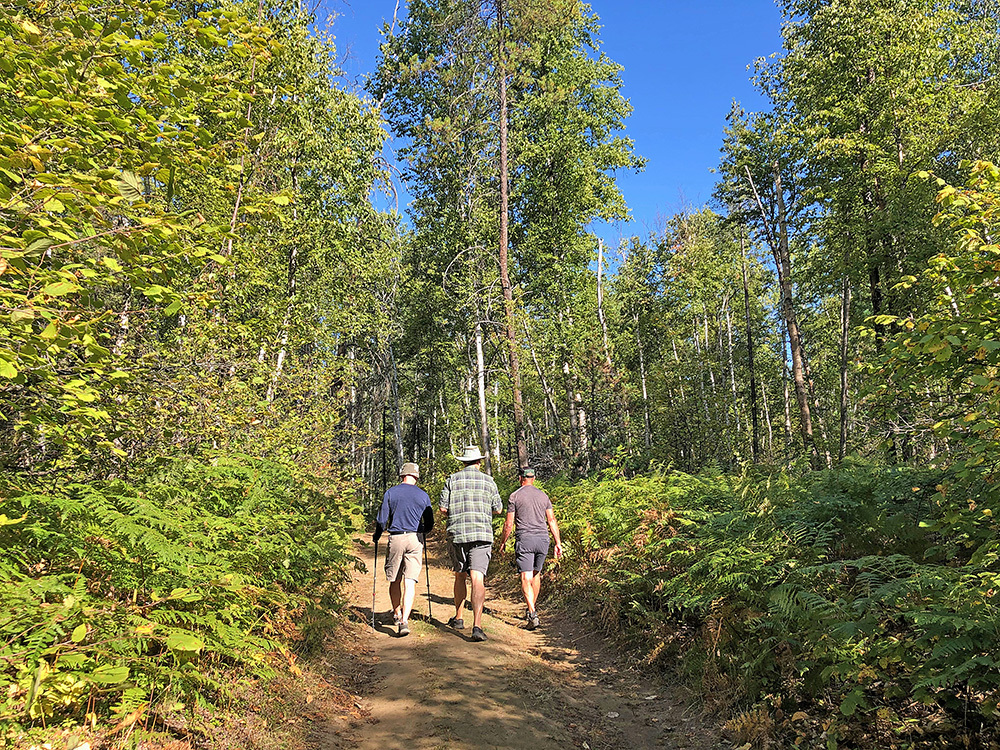
It’s easy access to the Dove Hill trailhead; find your way to the edge of the Castlegar Golf Course and park in the lot inside of the golf course gate. The trail begins there, takes about 90 minutes and gently switchbacks to the rocky outcrop overlooking the city, river and distant mountain ranges.
Two hours north of Castlegar—along Highway 6—the village of Nakusp sits on the shoreline of Upper Arrow Lake at the foot of the Selkirk Mountains. Once a booming mining town, these days Nakusp is best known for the Nakusp Hot Springs, with its natural mineral soaking pools. For less than two ten-spots you can soak away the entire day and restore your inner balance in the therapeutic hot springs. There is a campground with 30 RV sites with electric hookups and hot showers (a sani-dump station is 15 minutes away).
Using Castlegar as a starting point, we also drove northeast to Nelson, then stopped to explore the historic downtown, peek into the shops on Baker Street, walk Lakeside Park along the West Arm of the Kootenay River and truck up and down the town’s hilly, tree-lined streets.
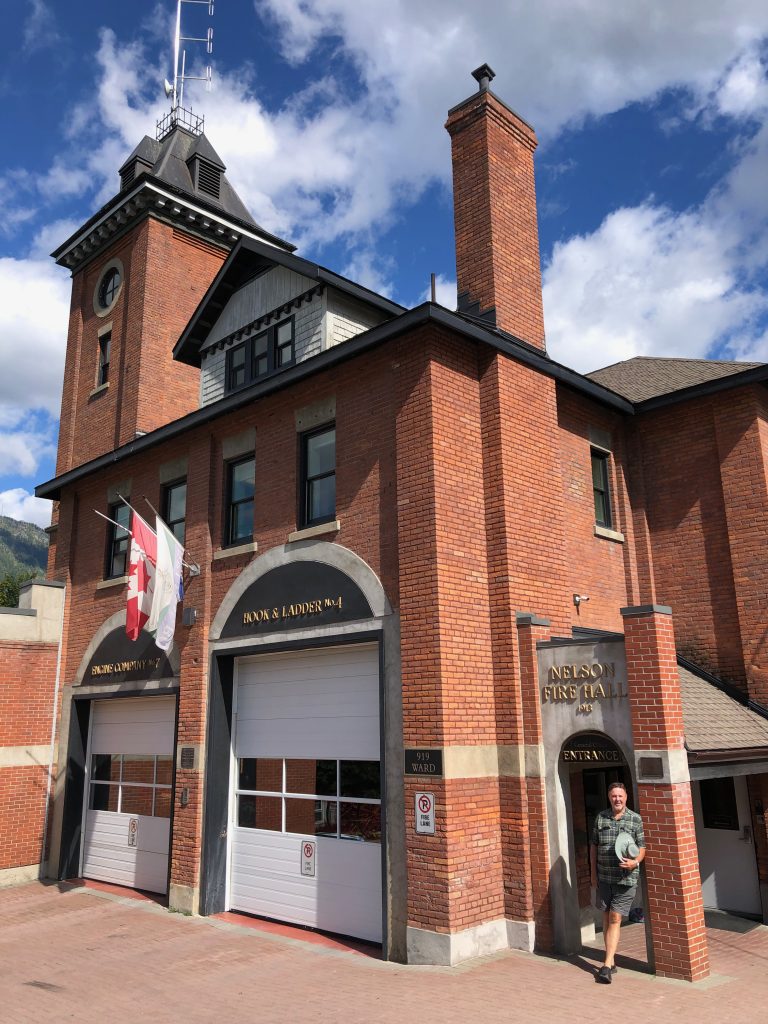
We were hunting for childhood homes but also for the historic Nelson Fire Station made famous in the 1987 Steve Martin comedy, Roxanne (film fans show up regularly). Built in 1913 at a time when two teams of horses powered the firefighting brigade of wagons and sleighs, Nelson’s is the province’s oldest working firehall. Plans are underway to build a new fire station but the handsome red brick building on Ward Street will be protected as a heritage property. It will be the latest addition to the 350 designated heritage buildings in Nelson, a staggering number for such a small town (only bested per capita in the province by Victoria).
Heading northeast from Nelson—along Highway 3A toward Ainsworth—if you’re in a ferry mood, the short Harrop Cable Ferry crossing from Balfour to Procter takes vehicles across the narrow west arm of the Kootenay River that branches off the larger Kootenay Lake.
The free ferry is just five minutes to cross. A little further up the road, the M.V. Osprey, the world’s longest free ferry ride, runs across Kootenay Lake between Balfour and Kootenay Bay. It’s a spectacular 90-minute return ride where you can park your vehicle, walk on and find a spot along the railing to enjoy the beautiful lake and mountain scenery. Or, with your RV, the ferry connects the West Kootenays to the region east of Kootenay Lake. Between Nelson and Balfour, the popular Kokanee Creek Provincial Park has 189 vehicle-accessible sites but just a handful have electrical hookups. Two of the four camping loops have showers and there is a sani-station (small fee).
It’s a short drive north of Balfour (along Highway 31) to the famous Ainsworth Hot Springs. In the early 1800s, the Ktunaxa First Nations peoples discovered the steaming therapeutic mineral-rich waters helped heal wounds and ease aches and pains. Today the property, cave and public pools are owned and operated by Yaqan Nukiy, the Lower Kootenay Band of Creston.
It’s not much of a stretch to say that meandering through the West Kootenays could easily fill a week of magnificent scenery, relaxing beaches, historic sites, muscle-stretching hikes and soothing hot springs. At the very least, exploring these out-of-the-way gems has left me with an appetite for more.

